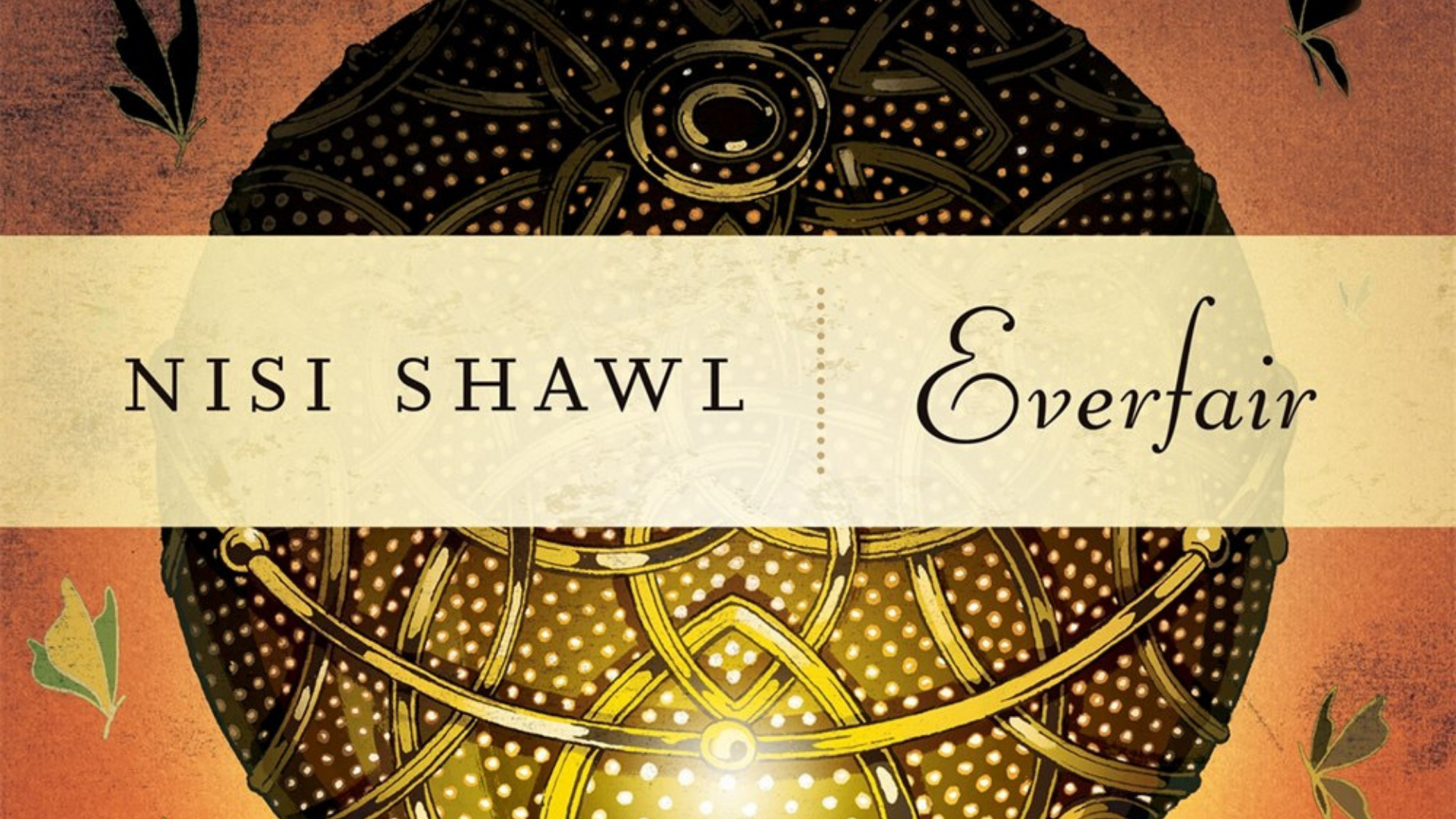In Jet Black and the Ninja Wind, teenager Rika Kuroi (alias Jet Black) travels to her ancestral Japan after her mother’s death, where she meets the grandfather she presumed was dead and family she never knew existed. When she discovers she’s next in a long line of women ninja, or kunoichi, Jet must find a way to escape those who have chased the women of the Kuroi family into oblivion and find her own path in life.
When I first learned about Jet Black and the Ninja Wind, I had some reservations. It’s been a long time since I read any book about a female ninja, and it’s a hard sell to find a female ninja a young woman can get behind.
But by the time I finished the first chapter, I was sold: Jet is the first female ninja I’ve encountered that felt relatable, as though if I stood in her shoes, I’d react just the same way: with some reluctance and fear, slowly growing into strength and determination.
 The realistic feel of Jet’s characterization, including her role as an unwitting kunoichi, is due to the rich cultural context in the novel itself, which focuses on ninja not as inexplicably powerful and/or magical beings, but as spy-assassins with plausibly-gained skills who started as subjugated people with a realistic explanation.
The realistic feel of Jet’s characterization, including her role as an unwitting kunoichi, is due to the rich cultural context in the novel itself, which focuses on ninja not as inexplicably powerful and/or magical beings, but as spy-assassins with plausibly-gained skills who started as subjugated people with a realistic explanation.
Like other young adult titles from Tuttle Publishing (such as Benjamin Martin’s Samurai Awakening and Revenge of the Akuma Clan,) Jet Black places heavy emphasis on Western understanding of Japanese history and culture. Many chapters describe different cultural aspects of Japan, and several Japanese words are used and explained.
One thing I find incredibly appealing about Jet Black is the emphasis the novel places not on the ninja plotline, but the thought and respect given to the concept of indigenous people in Japan, a concept rarely explored in books or movies.
In fact, it’s not just the indigenous people of Japan: Jet Black links the treatment of Japan’s indigenous to that of America’s indigenous people through J-Bird, the boyfriend of Jet’s mother and the man she considers her father figure. J-Bird, a self-described Navajo/Dine, offers Jet, Satoko and later Hiro sanctuary in his home on a Navajo reservation, and shares brief snippets of history with Hiro. Later, J-Bird’s Navajo roots become incredibly important, and the overall idea of holding indigenous cultural beliefs and tribal lands in reverence is a theme crossing both the American and Japanese settings of the novel.
My only major point of contention with Jet Black is the density of the book itself. While I enjoyed the book and felt completely motivated to read it, the style of the novel – mainly the amount of history and cultural explanations in the book – made it a bit of a hard read.
However, Jet herself makes the density worthwhile. We meet her as a poor American teenager reluctant to join her mother’s “game” – actually ninja training – played on a dark mountain at night. She’s so reluctant, in fact, she can hardly fight back even when she truly feels endangered.
Yet through the course of the novel, she overcomes her reluctance as she slowly learns who she is and where she came from – and when she learns about her family. What’s truly impressive about Jet is the strength of her character: in the end, she realizes that it’s not her physical strength, but her capacity for compassion and intellect, that will define who she is as a kunoichi.
Overall, I’d recommend Jet Black and the Ninja Wind to readers who are truly interested not just in Japan, but in the history of the people who would otherwise be forcibly forgotten.
4.5 out of 5 stars
Find Jet Black and the Ninja Wind on IndieBound.
Feliza Casano is the founder and editor in chief of Girls in Capes and writes for all sections of the web magazine. She possesses nothing even remotely similar to the fortitude of a kunoichi, though her skills were also plausibly gained. Follow her on Twitter @FelizaCasano.






I’ve been waiting for months to see what you thought of this one! And now I’m curious about how indigenous culture in Japan (Ainu?) plays out in the story. Also, how is this book fitting so much into itself? I could have sworn it was pretty slim volume!
The Ainu aren’t the only indigenous group in the book – though you’ll have to check it out to find out. I was ALSO rather surprised about how much was in the book – as I mentioned, it’s actually a little dense. I think it was really great, though – there really was a LOT of history and culture in it. I never knew about the number of indigenous groups in Japan, but I guess that’s really the nature of the thing: a lot of countries sort of pushed their indigenous groups aside.
Plus, like I mentioned, I liked how different Jet was from a normal YA action heroine. She had lots of self-doubt, which I have a bit of a weakness for. I like my characters with more than a little self-doubt, especially with so much resting in their hands.
Hi Feliza (and Susan)–thanks so much Feliza for your generous review, and for your insightful comments. We are so glad you enjoyed the book and found it worthy of review. We are not sure which version of Jet Black you read, but wanted you to know that the final was edited from the ARC version, so some of the”density” was trimmed. Final book is 320 pages.
I have just read this book and loved it. So much rich history woven into a very contemporary story. Action, drama, suspense, culture, love and enduring family ties–Jet Black covers all the bases.
Exactly! The history part is what makes the book so interesting to me – but I also have a weak spot for characters learning about their ancestors and where they came from. It’s especially comforting that Jet finds her family, especially since she thought at the beginning she was alone.